In this installment of our Sewn Stories series, we’re highlighting garments or textiles that have held significant meaning in our lives—whether we sewed them ourselves or someone else did. Asmita, an esteemed member of the Advisor’s Circle, is sharing her mending journey. Her photos showcasing visible mending are stunning and inspiring. Now, I’ll hand it over to Asmita. I’d love to recount my mending journey as something that happened by accident, only to become a passion at first try, leading to a lifelong commitment. However, that wouldn’t be entirely accurate. The truth is a bit more complex: Let me start at the beginning. Over the past decade, I’ve been sewing clothes for my children and later for myself. During these years, I’ve enjoyed experimenting with various patterns, tweaking some, using others repeatedly, and venturing into more adventurous designs. Revisiting a sewn garment usually meant replacing a button or adjusting a hemline for my kids’ clothes. Occasionally, I’d dabble in small embroidery projects, but my hand-sewing skills didn’t extend beyond that. None of these activities qualify as mending, which I understand to be a far more demanding task—one that demands dedication and motivation. It wasn’t until a couple of years ago, when we were all at home, that my son insisted I fix his favorite clothes that were already showing signs of wear. In short, he didn’t want new clothes; he wanted his old favorites mended. If I refused, he was okay with wearing them torn—but he wasn’t willing to replace them with brand-new items. Around the same time, two things occurred. First, I read Mending Matters: Stitch, Patch and Repair Your Favorite Denim and More by Katrina Rodabaugh. Second, the Sandbox Pants and Field Trip Pants I had recently made with sewn knee patches wore out in the knees within two months. Coincidentally (and I say that because this is how my mending journey began), by the time I finished her book, I had pants that needed mending. My initial attempts at mending weren’t planned. The patches I use (and still prefer) are typically scraps from my fabric stash. My son enjoys rummaging through it and selecting what appeals to him at the moment. The thread I use is nothing fancy—it’s mostly leftover embroidery thread. He likes bright colors and mismatched prints, so I rarely use thread that matches the fabric. Sometimes, he makes specific requests: for instance, when the pants tore on the seat, he asked for a heart-shaped patch to replace it. Sometimes, I’ll use the decorative stitches on my sewing machine (most of which I only started using after he asked me to mend his clothes). I still haven’t done much mending for adult clothing, but when my father asked me to repair his jeans a few months ago, I was thrilled. I used rough white thread similar to what comes back from the dry cleaner along with some fabric from my son’s pants. Later, I learned that his friends found it quite intriguing. I also repaired an RTW top I loved but was falling apart using some old saree blouses from my grandmother. I’ll be the first to admit—much of my hand sewing is far from perfect. In fact, most of it is uneven, done hurriedly depending on how long I’ve procrastinated, and sometimes with a specific design in mind. Regardless of the method, I’m always amazed by how delighted my son is to receive his freshly mended pants. I’ve often asked him what he loves about them, and the answer is always the same—they’re soft and worn, and I think what helps is that they carry the love and marks of all his adventures, both new and old! The red ikat pair is particularly cherished and has undergone the most repairs. Additionally, the fabric frays easily, causing tears in unexpected places. About two months ago, when they needed a mend in the inner thigh area, I suggested retiring them as they were “on their last legs.†He requested one final repair but liked the phrase and called them the “last leg†pants. A few weeks ago, unsurprisingly, they tore again—this time on the seat and near the knee patches. We discussed it again. When I mentioned the “last leg†pants, I was informed that they had been renamed “ghost†pants because they had “died†already! But could I please repair them? And here they are, looking better than ever in their afterlife. Despite my son’s enthusiasm, I’d be dishonest if I said I approached mending with the same excitement as sewing new clothes. After all, who isn’t drawn to new fabric, patterns, and the thrill of creating something fresh? Moreover, there’s an implicit expectation from those around us to dress our children in spotless, unpatched attire. The Indian middle class is currently experiencing a surge in consumerism. Fabric has historically been inexpensive, a legacy of our colonial past. Now, multinational brands are flooding the market with affordable fashion to cater to the masses. For generations, including my parents’, there was a tendency to make do. Until recently, Indian middle-class families bought clothes only twice a year, and the Singer sewing machine was common. Tailors still exist, but the demand for fast fashion and new clothing has never been higher. In this context, dressing your child in patched-up clothes is viewed as odd, almost embarrassing. It’s not uncommon for relatives to gift clothes with the hope that he stops wearing his favorites. My son’s insistence on returning to the same fabrics and requesting repairs repeatedly goes against the grain. I often struggle to begin mending—not just because of societal pressure but also due to my own laziness. In the language of mindfulness, I admit my mending “muscle†is weak, but the more I mend, the more I realize how essential it is. The obvious benefits include sustainability (fabric doesn’t decompose as quickly as we think, even cotton), but the hidden joy lies in the slowness it brings to my life. Reluctantly as I may begin, I’ve never once regretted starting or ended feeling worse than when I began. I know my son sees sewing as my superpower, and many of our conversations revolve around crafting and creating. But truly, I believe that in mending his clothes, he’s given me the gift of seeing the world differently.
This kind of shoes high comfort, high quality, affordable, favored by domestic and foreign customers high praise.
Baby Happy here, we are baby and kid shoes leading supplier in China for 10 years. Serving for Robbeez, Disney etc brands.
High quatity is our core value and earnest promise.
All leather pass US CUSTOMS TEST, and the factory has passed the EU BSCI certification.
Baby Mary Jane Shoes,Cute Mary Jane Shoes,Soft Baby Mary Jane Shoes,Baby T-bar Shoes Shenzhen Baby Happy Industrial Co.,Ltd , https://www.bbabyshoes.com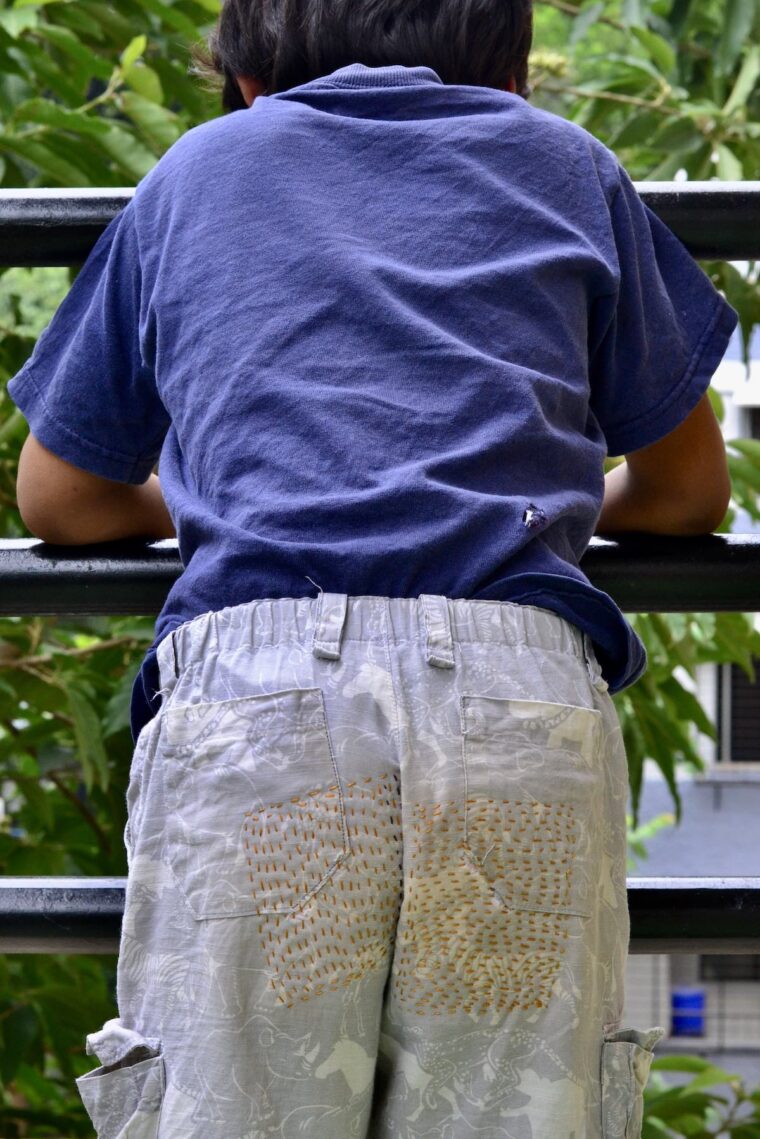

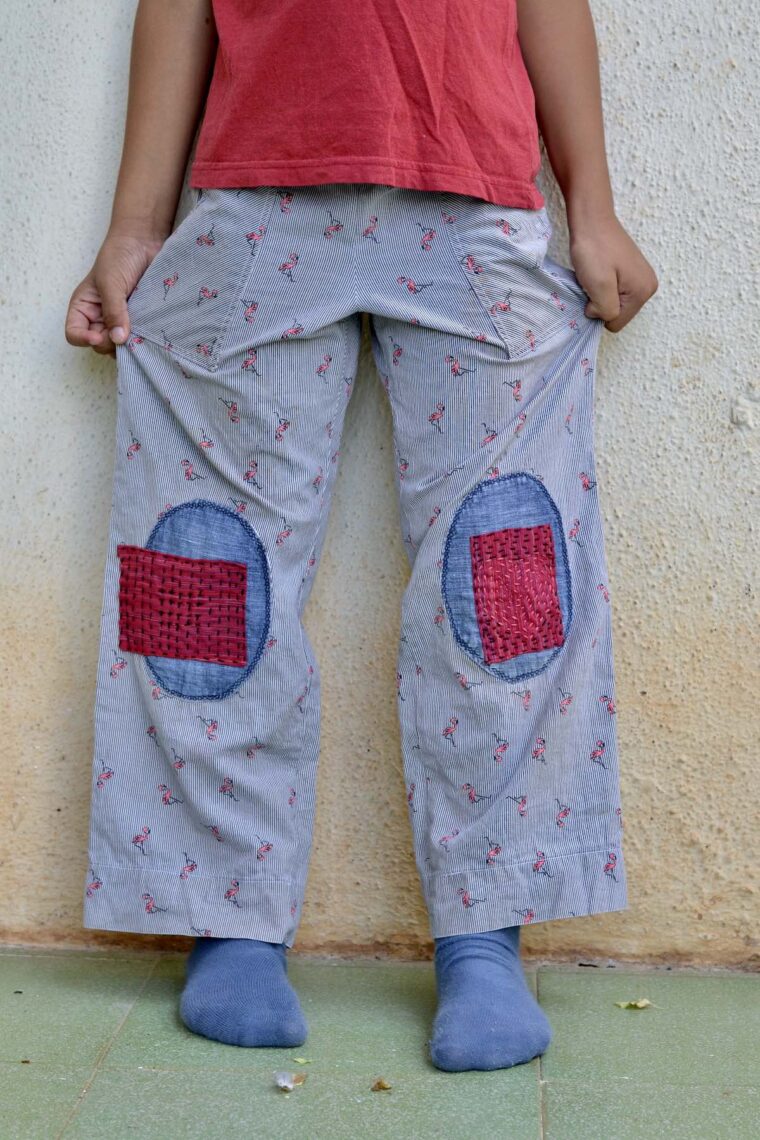
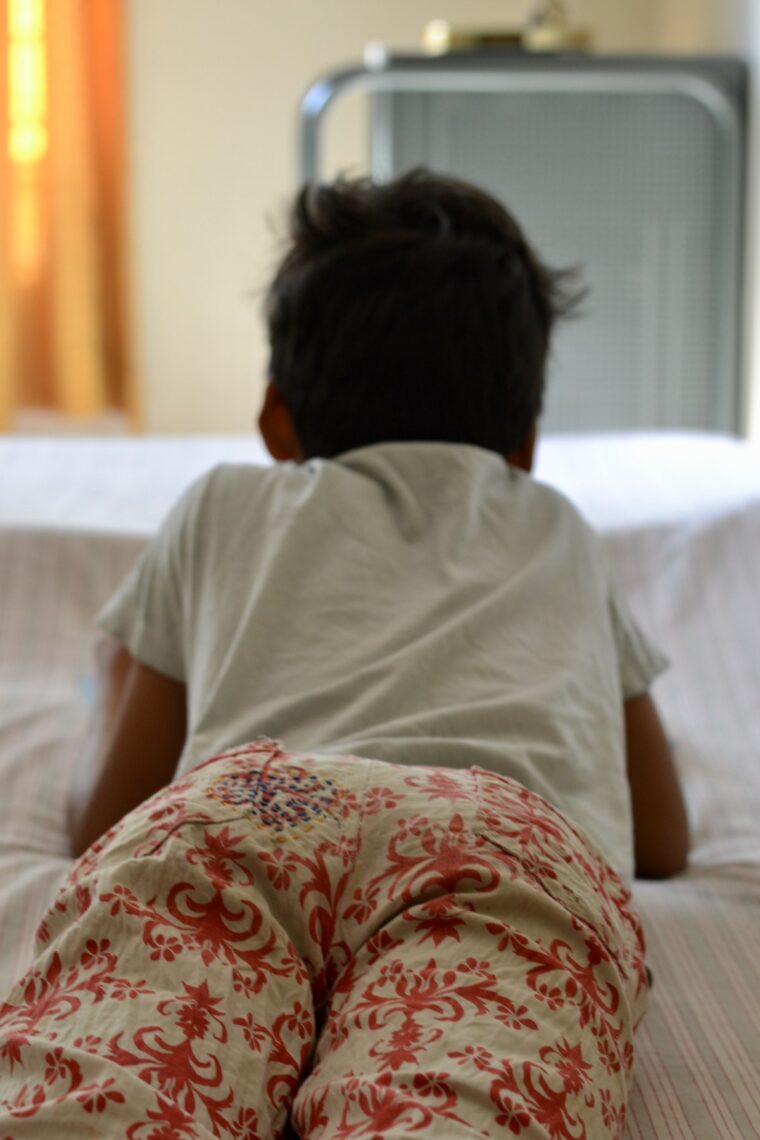
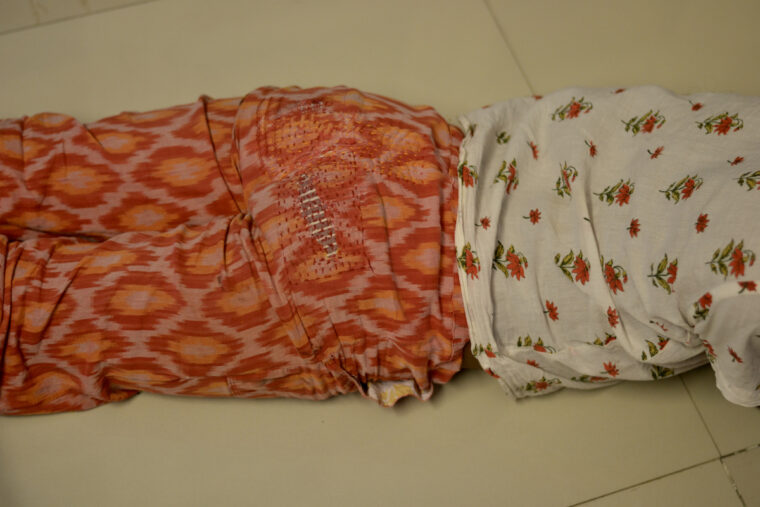
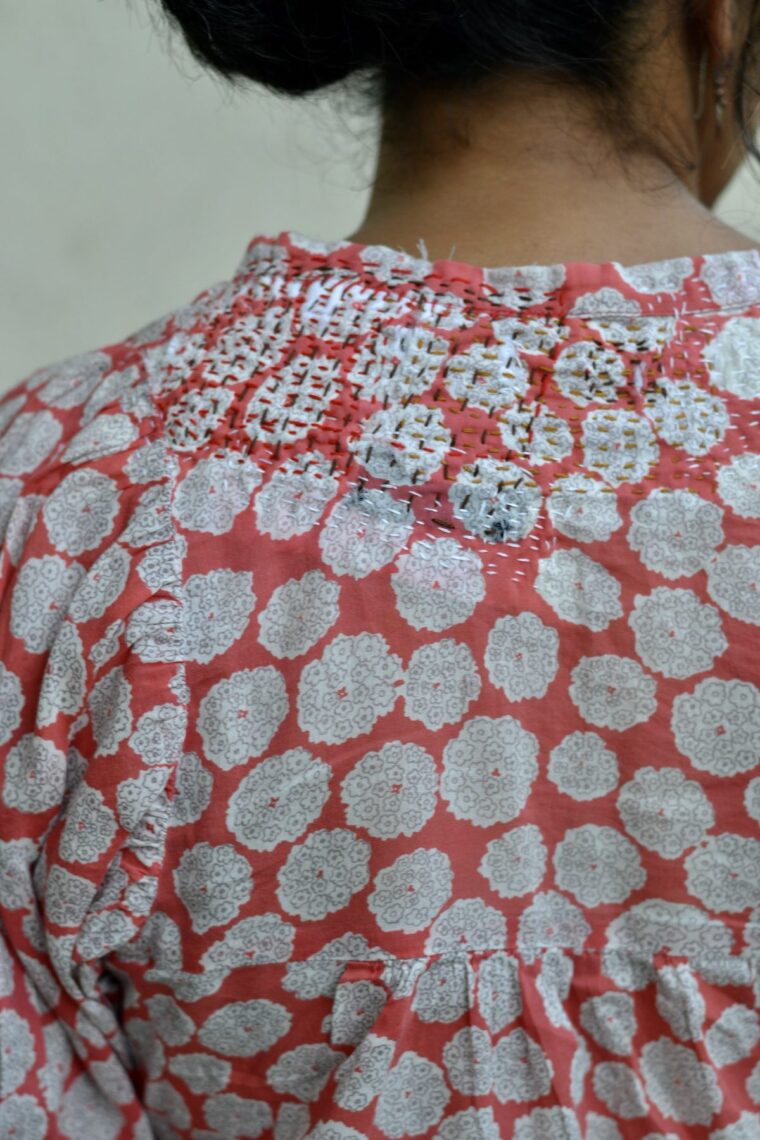
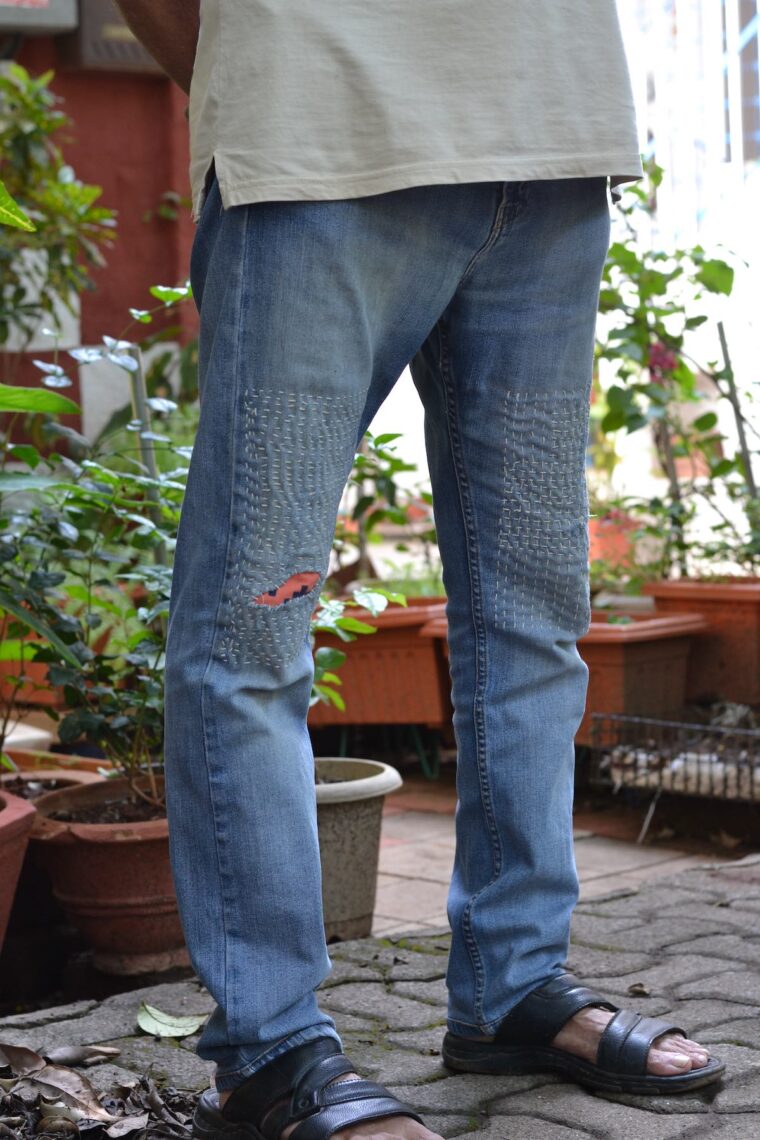
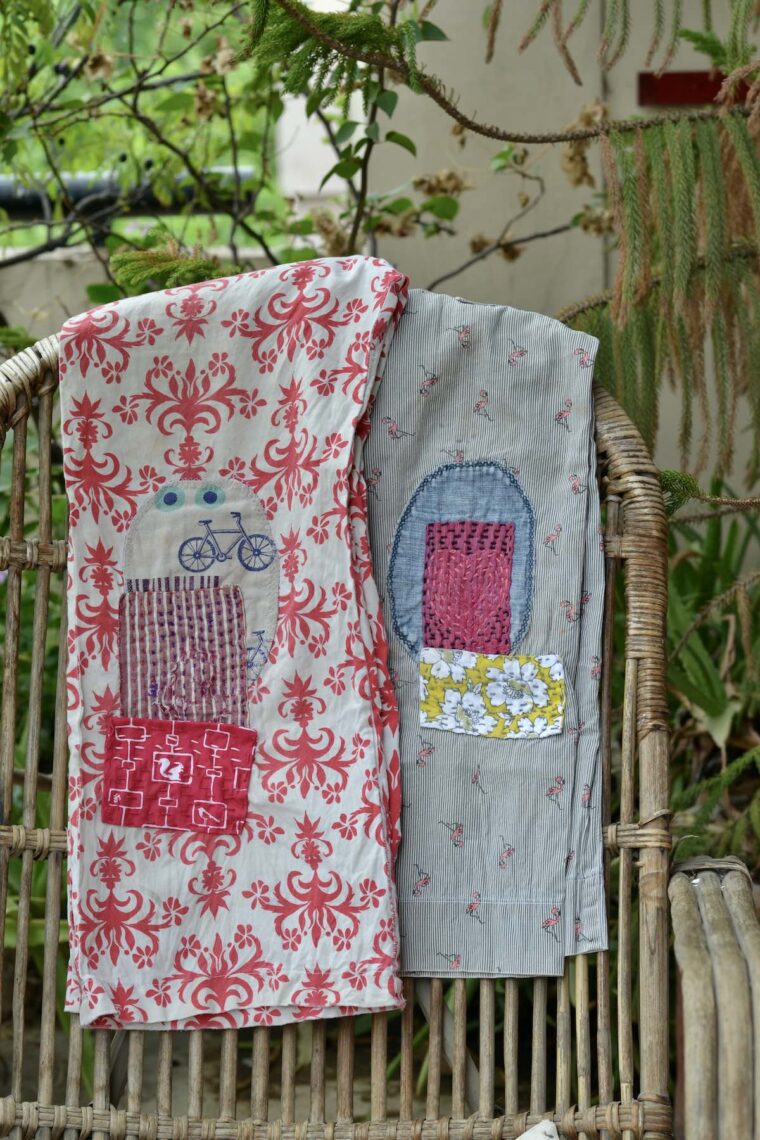

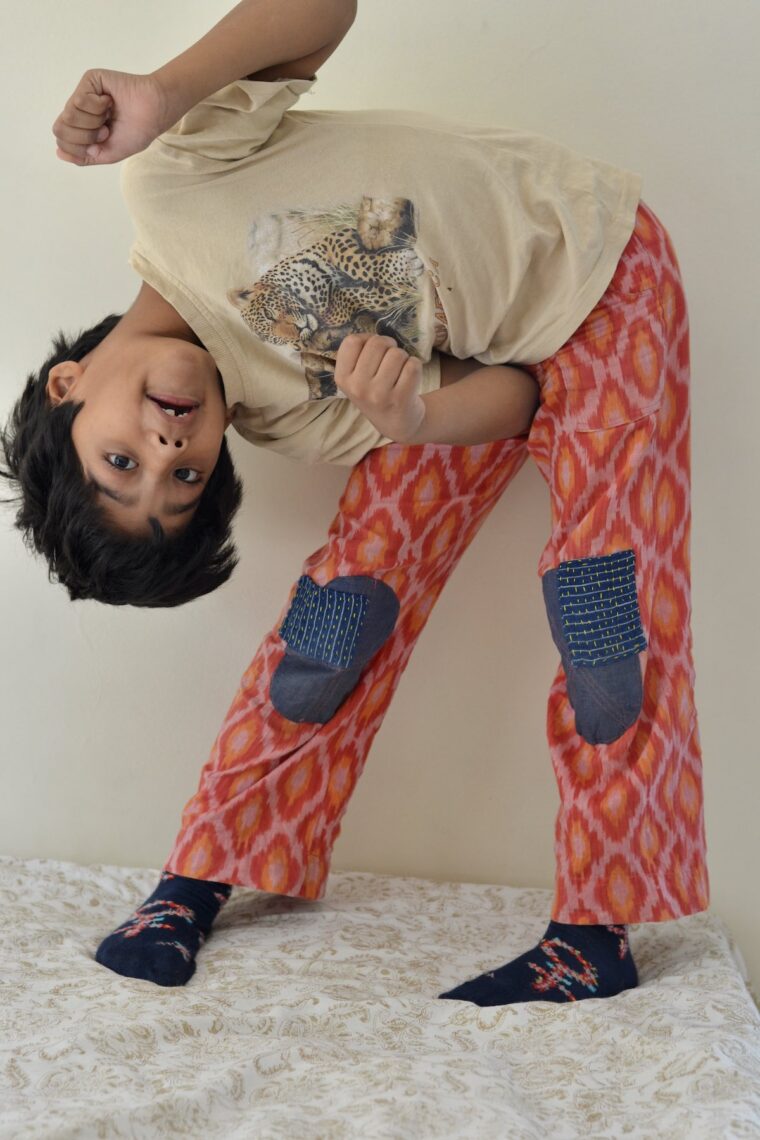
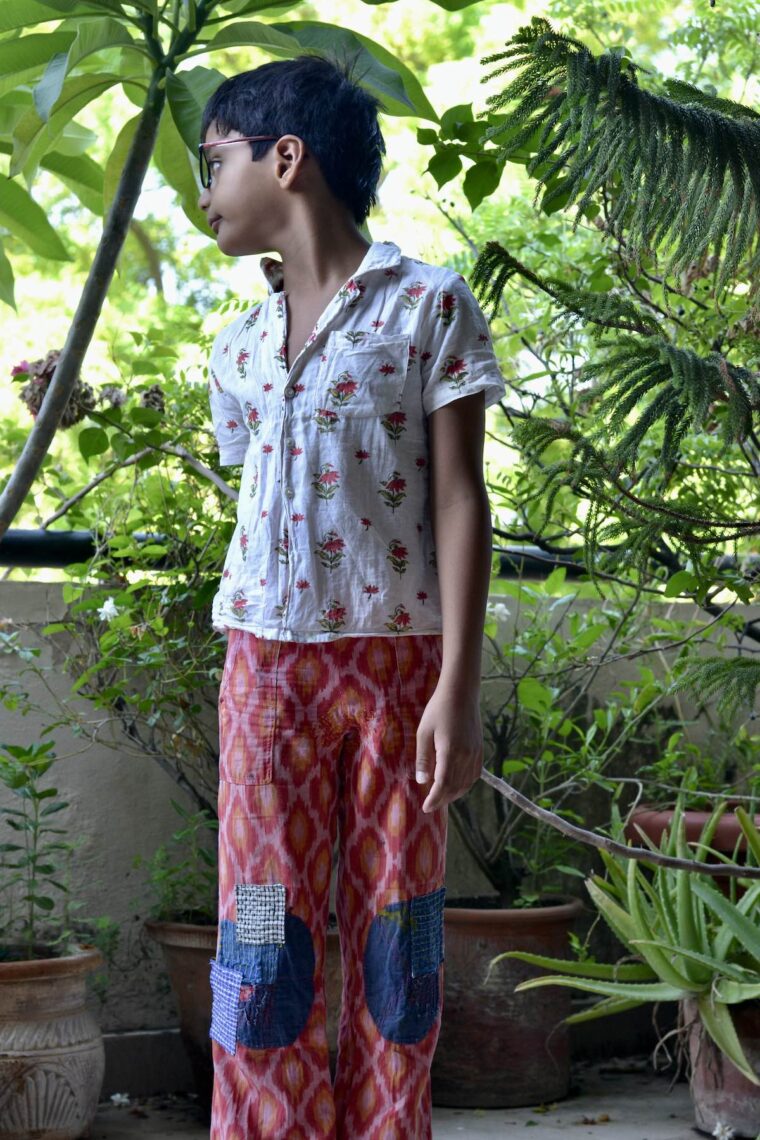
(adsbygoogle = window.adsbygoogle || []).push({});
Â